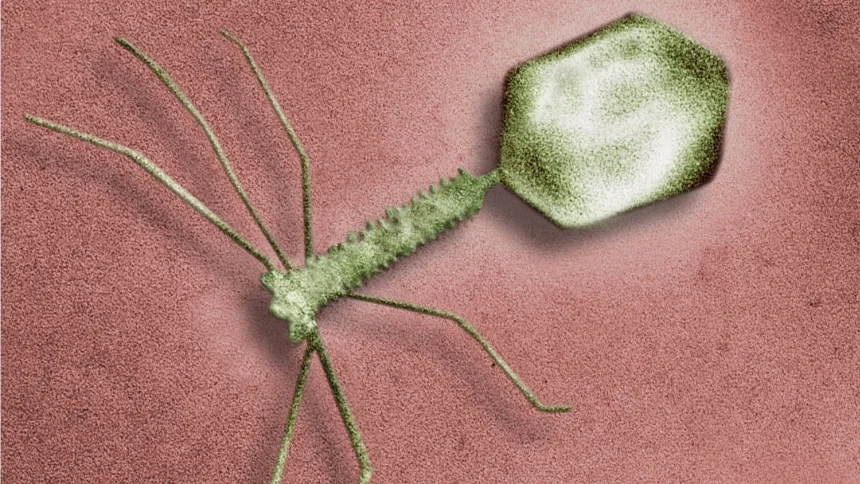New Phage Resistance
Breaking Ground in Microbiology: New Phage Resistance Mechanism Unveiled in 2024
A bacteriophage (New Phage Resistance) virus is so populous and violent clouds Earth. Although not people but bacteria are their favorite food, or rather I should say, place of residence. Originally, phages ate different bacteria and are indispensable for the maintenance of microbial relationships. But they have also evolved in other ways. Recently, scientists at ADA Forsyth were looking with great effort into other organisms which made up the rather complex ecosystem of a body parts when their microfilms found that standing off to one side from both phages and bacteria-were sacchari bacteria or TM7, an ultra mall parasites that prey on.
The complex interactions within the oral micro biome continue to surprise scientists. Researchers at the ADA Forsyth Institute have discovered an intriguing defense mechanism employed by a bacterial strain called XH001 against its phage predators. The study found that a tiny epi biotic parasite, known as TM7x, inhabits XH001 and modulates its gene expression in a way that alters the bacteria’s surface structures. This physiological change, induced without altering XH001’s genetic code, prevents phages from attaching – thus protecting the host from viral attack.
New Phage Resistance
Normally a lytic phage can easily infect and destroy XH001. However, when the bacterium plays unwilling host to TM7x, it gains a survival advantage. “The parasite confers resistance to its host, even if this interaction is originally to the parasite’s own benefit,” explained lead investigator Dr. Xuesong He. Within the human mouth, this three-way symbiosis makes sense ecologically. While TM7x stresses XH001 in isolated conditions, the complex oral cavity enables a balance where the parasite offers protection from phages.
New Phage Resistance
Genetic mutations that modify phage receptors are a common bacterial self-defense. But TM7x employs a more subtle approach through epigenetic changes in gene expression. Both phages and bacteria continue evolving countermeasures in their predatory arms race. The dynamic interplay of organisms in our micro biome habitats will no doubt keep yielding new insights into intricate survival strategies operating at the microbial scale.
New Phage Resistance
The TM7x parasite plays a pivotal role in mediating coexistence amongst phages and oral bacteria. By serving as a reservoir for phage consumption, the bacteria harboring TM7x can persist while continuously replenishing the supply for viral predation. Simultaneously, the symbiotic relationship formed between TM7x and its host offers protection against lytic phages, enabling bacterial proliferation despite phage presence.
Also Read- Michelle Brooks-Thompson Free 25 Minute Performed the National Anthem For College Women Basketball
This intricate interplay within the oral micro biome exemplifies its highly dynamic nature. As environmental conditions fluctuate, the relationships between microorganisms may adapt accordingly. As Dr. He elucidated, distinguishing bacteria as inherently ‘good’ or ‘bad’ oversimplifies the complexity of this ecological network, where microbial interactions are contingent on contextual factors. Whether a species’ impact is beneficial or detrimental depends on the ever-shifting circumstances they encounter while striving for survival.




